“Magots” is a tool designed for quickly generating filler images with appealing colors and interesting patterns. It can be viewed as an enhanced version of my previous tool, “Flagots,” but with a maximum number of boxes. However, it is much easier to explain: for each row of pixels in the input image, the mean value is calculated and then set as the new color for the entire row.
Let me illustrate this with the well-known image “Bliss” by Charles O’Rear, which I used as a test image again. If you are approximately my age or older, chances are high that you once used it as a wallpaper on your Windows XP computer.
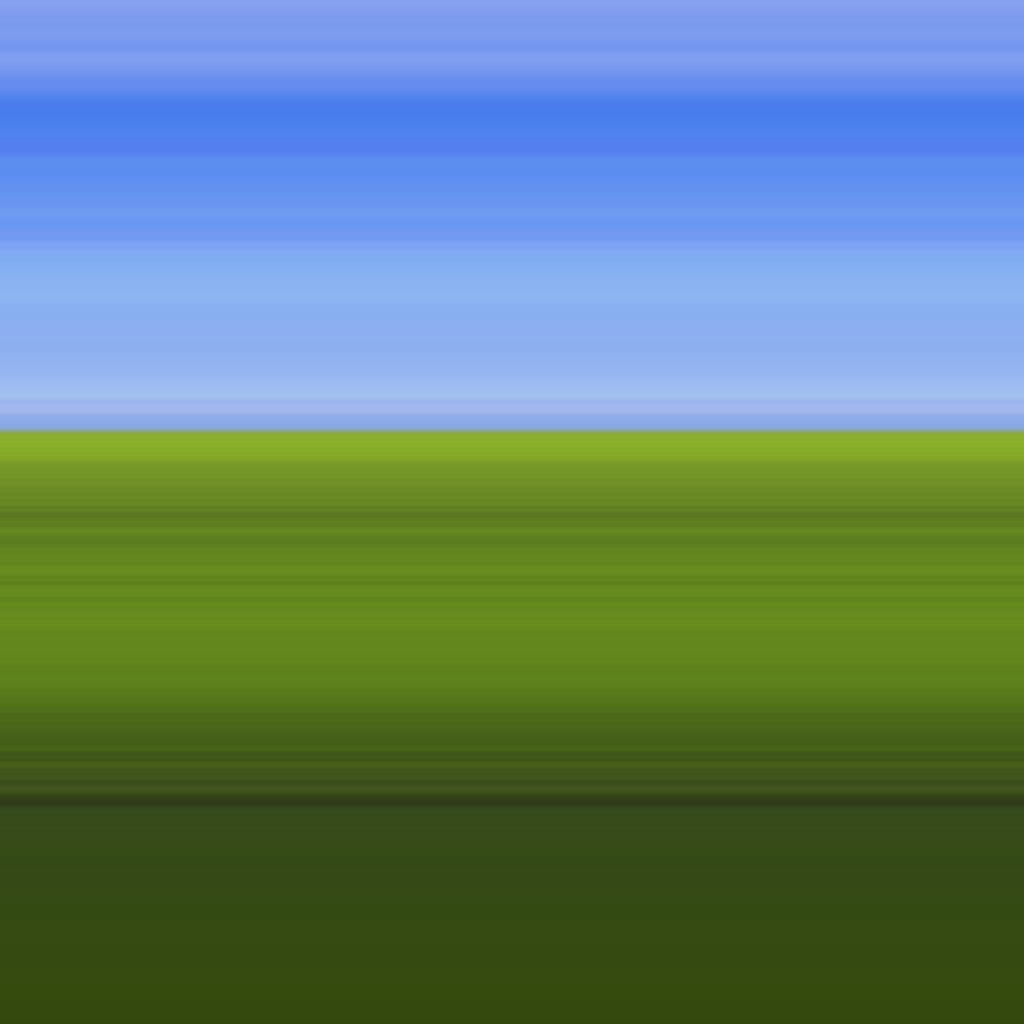
I discovered that using the median produces brighter, clearer, and therefore better results than the more efficient arithmetic mean which tends to look a bit muddy.
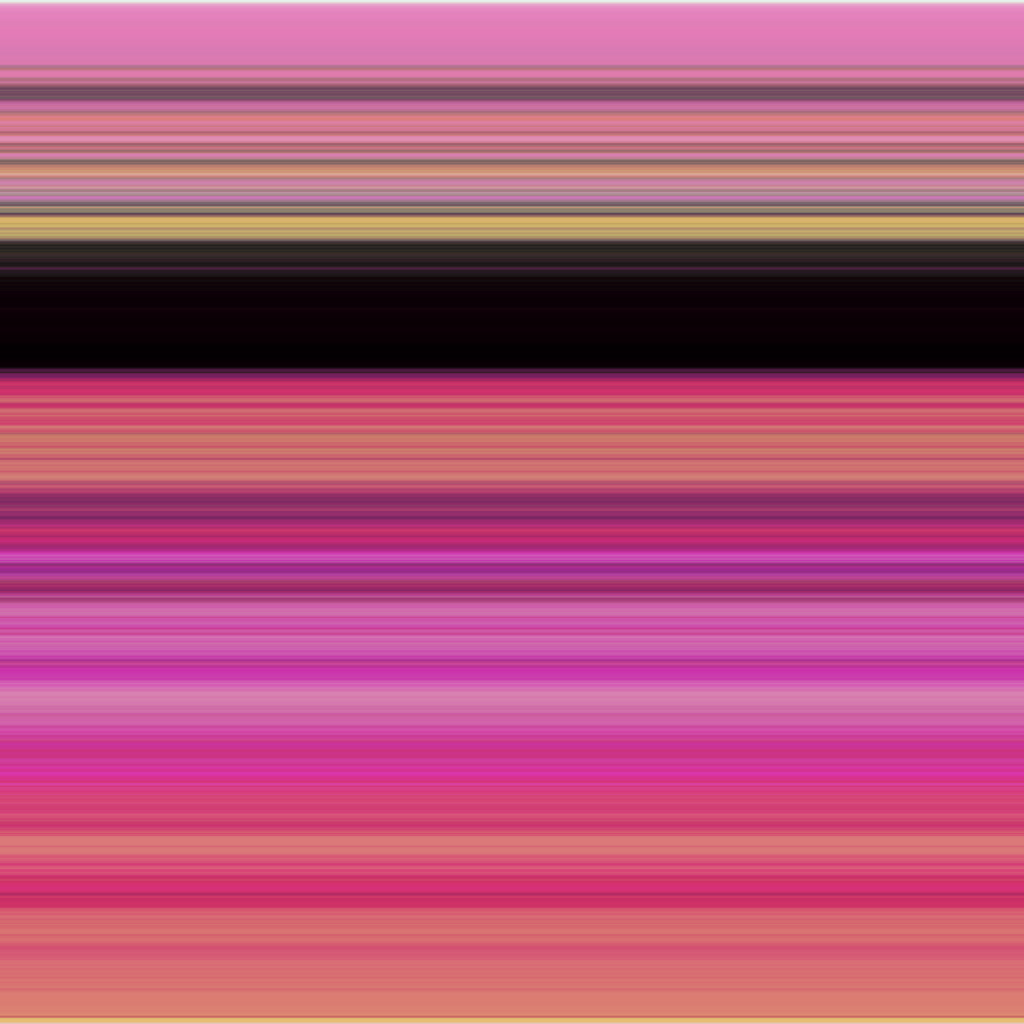
Some of the output images almost resemble walls from video games. In fact, I used them as wall textures in my own prototype, “Primitive Riddle.”

Of course, Magots also generates images with vertical stripes, which are more suitable for certain input images. Unlike its predecessor, Magots works better with computer graphics than with photos as input images.

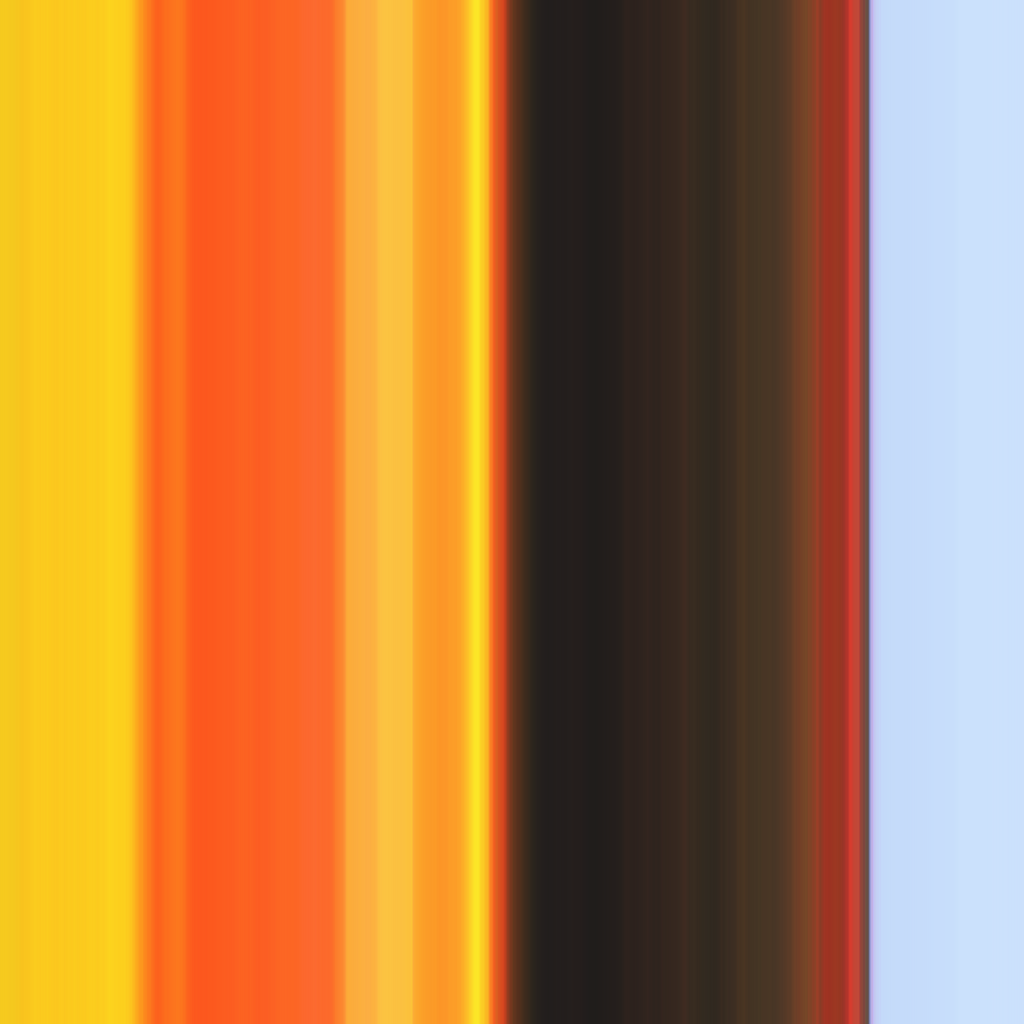
The next step was to consider both the horizontal and vertical directions. For each pixel, the median of its entire row and column of pixels is calculated and stored in the output image. This creates surreal images with crossed lines and patterns that vaguely resemble stains from a distance.

If the input images contain many earthy colors, the results often resemble the texture of wood.
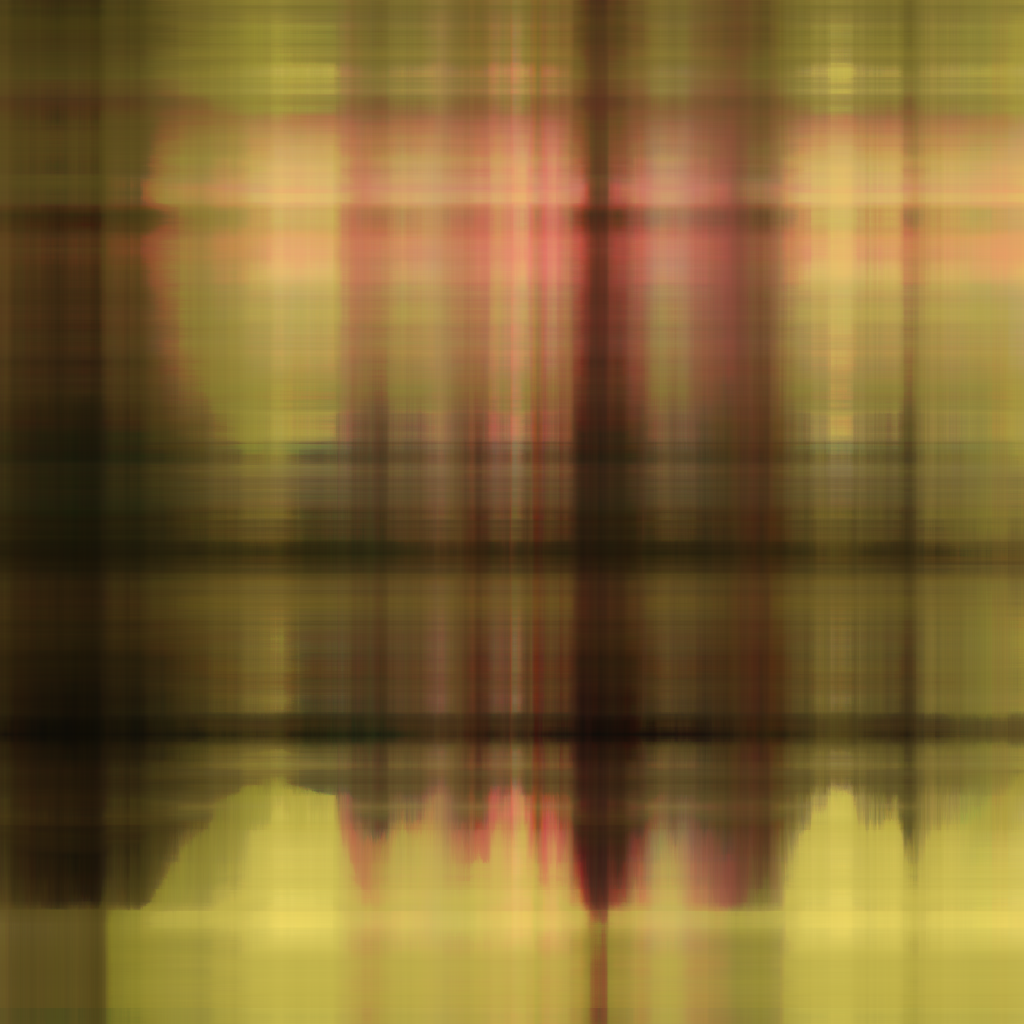
Things get interesting when the input image contains crossed lines or grid patterns, resulting in an even stronger segmentation of the output image.
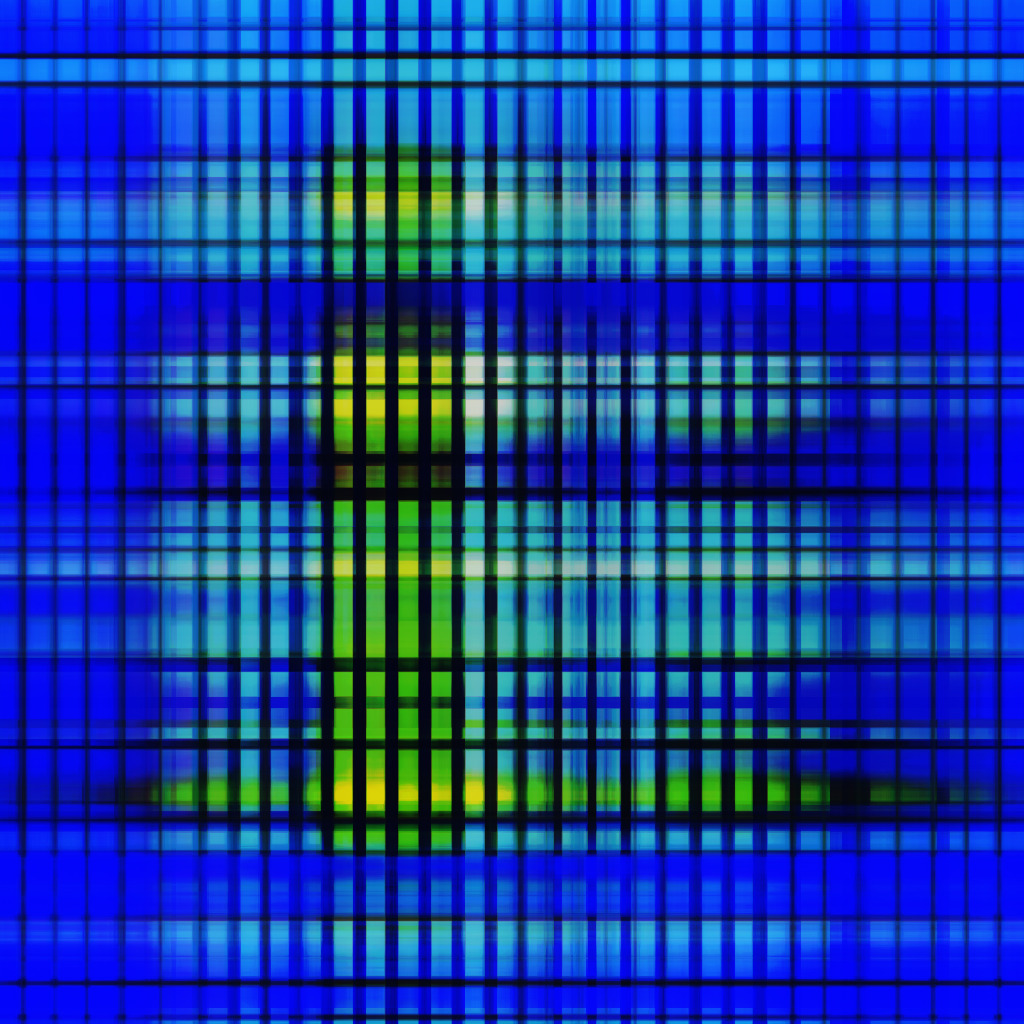
Since the calculation of the median only requires individual rows or columns of pixels but is executed thousands of times per image, it was the ideal task to test the parallel computing capabilities of my new Intel i9-13900k. I ran 24 jobs simultaneously, reducing the computation time to about 2.5 seconds per image, which almost instantly increased the CPU temperature to 100°C. Despite various BIOS tweaks and even high-end air cooling (be quiet! Dark Rock Pro 4), which could not significantly lower the temperature, I relied on an internet source claiming that this rather experimental CPU is designed to operate at higher-than-normal temperatures and that I could “safely fire away.” So far, it is still up and running.
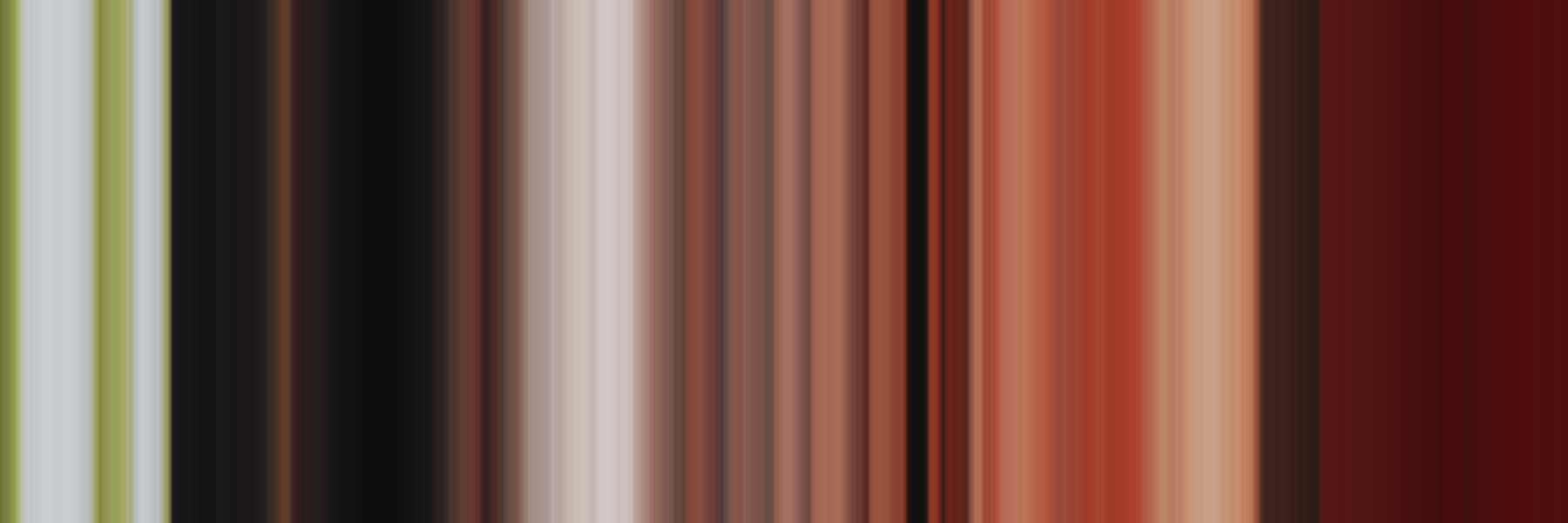
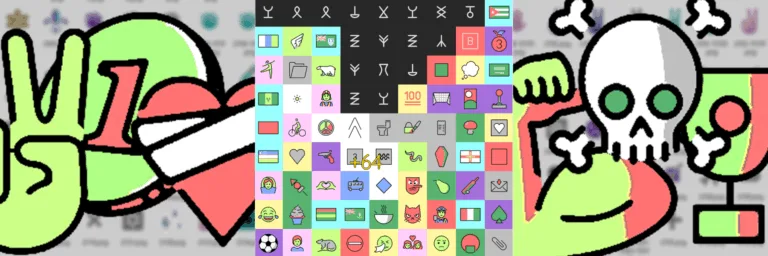


Leave a Reply